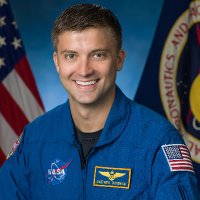
Erika
@explorecosmos_
-Once a starry-eyed girl, now exploring beyond.
-Planetary scientist studying the orbital evolution of gas giant planets.
-High-altitude climber. #MTB 🚴♀️
ID: 1315900032365793281
13-10-2020 06:20:17
18,18K Tweet
43,43K Followers
1,1K Following


NASA astronaut Matthew Dominick shared a breathtaking time-lapse video captured from the International Space Station, showcasing the Milky Way and an aurora borealis with city lights reflecting off solar panels. This visually stunning clip, one of the best space videos I've seen, was made














Nice comeback single! Sounds a lot like The Hunting Party. Welcome back, LP! Very well done Emily! I missed you. 😍 LINKIN PARK











